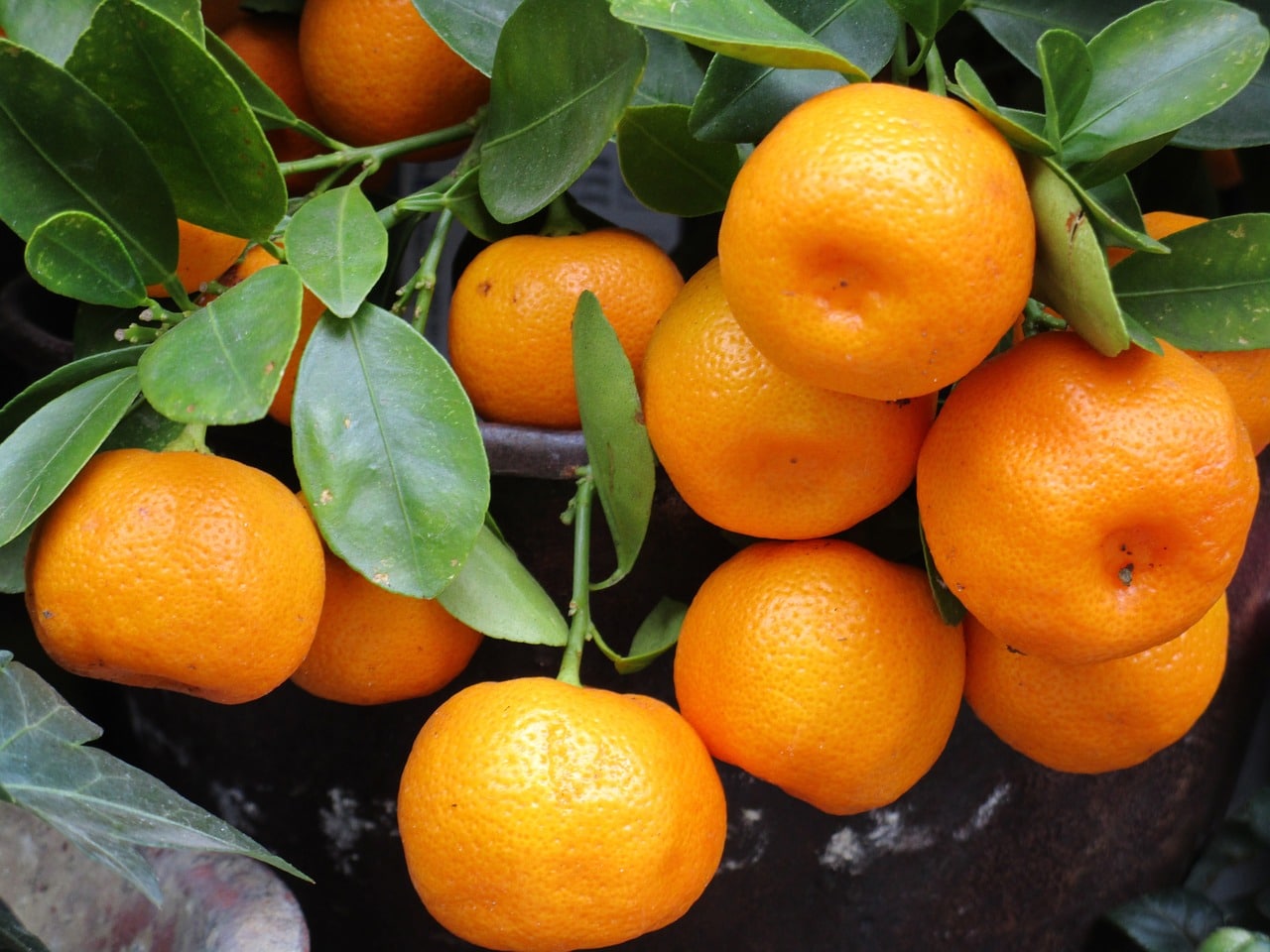Biostimulants and seeds: we will hear about them, and a lot, in the near future. Currently, biostimulants are increasingly mentioned in technical magazines and in communications issued by various stakeholders in the agricultural sector.
Biostimulants are natural products that contain substances and/or microorganisms capable of promoting the growth and development of plants during the entire production cycle. They can be based on algae, humic and fulvic acids, fungi, bacteria and hydrolysates proteins, and can be used on almost all cultivated plants.
An increasing number of researchers and technicians are convinced that biostimulants represent the third column for achieving sustainable agricultural; production effectively.
To maintain and increase the productive potential of crops, considering climate change and the limitations on the use of pesticides and synthetic fertilizers foreseen by the European Green Deal, there are great expectations towards New Genetic Techniques and Agriculture 4.0.
For the former, the goal of a new EU regulation is approaching, but it will still take time before it will be possible to use these new technologies. In fact, in December 2023, the proposed regulation was not approved by the Commission. Some modifications to the text are required and need approval, including the mandatory labelling of seeds obtained with first category NGTs and a study on the impact of the legislation on plant patenting. With elections in sight, an agreement will not likely be reached before 2025.
On the other hand, 4.0 technologies are progressing slowly: there are already several tools available to farmers, but high costs and insufficient know-how have so far significantly delayed their diffusion.
So, the contribution that microbiology can provide today, both to organic and integrated farming, therefore seems worthy of great attention.
State of the Art

The positive action of biostimulants in favour of cultivated plants is divided into five directions: resistance to biotic and abiotic stresses, plant development, efficiency in the use of nutrients, quantity and quality of production. The results are now widely demonstrated and beyond question. On top of that, it has been verified that the application of biostimulants on some horticultural crops has reduced CO2 emissions by between 10 and 20 per cent.
The use of these products also means a reduction of environmental contamination and a protection of biodiversity, so their market is steadily growing, with annual increases of around 10 per cent and a turnover of 3.5 billion euros globally.
Supporting Farmers’ Transition to Sustainable Agriculture
The economic return remains to be fully evaluated. In fact, biostimulants today are mainly used on fruit and vegetable species, capable of offering a higher income to producers. However, recently carried out analyses show that every euro spent on biostimulants allows for a gain of 2,78. The limit, if we want to call it that, of biostimulants is their short period of efficiency on plants; therefore they must be applied on the leaves or in the soil several times during the season (from three to nine, depending on the species and the environment), starting from the stage of already formed plants. A further leap is needed, which could be represented by the application of biostimulants directly on the seed.
Biostimulants and Seeds, the New Frontier
The specialists are working on treatments with biostimulants directly on the seed. This solution, if its full functionality is confirmed, could constitute a decisive advance in the use of these products. First of all, the distribution of biostimulants on seeds could guarantee greater effectiveness, thanks to their presence from the very early stages of growth. It could also allow a longer duration of their effect, limiting the number of further treatments in later stages. If this turns out to be true, the distribution of biostimulants directly on the seeds would lead to two important results: better performances and at the same time lower costs.
Ongoing research and experimentation will have to provide the answers and confirm the hopes. We already know today that biostimulants applied to seeds determine an improvement in germination, even in difficult situations, a significant starter effect, increased vigour of seedlings and post-transplant performance, and better yield.
All this is possible in a context of integrated agriculture, with the appropriate cultivation techniques.
Editors’ Note: Franco Brazzabeni is commercial and marketing consultant in the international agribusiness, Member of the Board of Assosementi and of ISF Groups and writes a blog on www.agrinotes.it.












